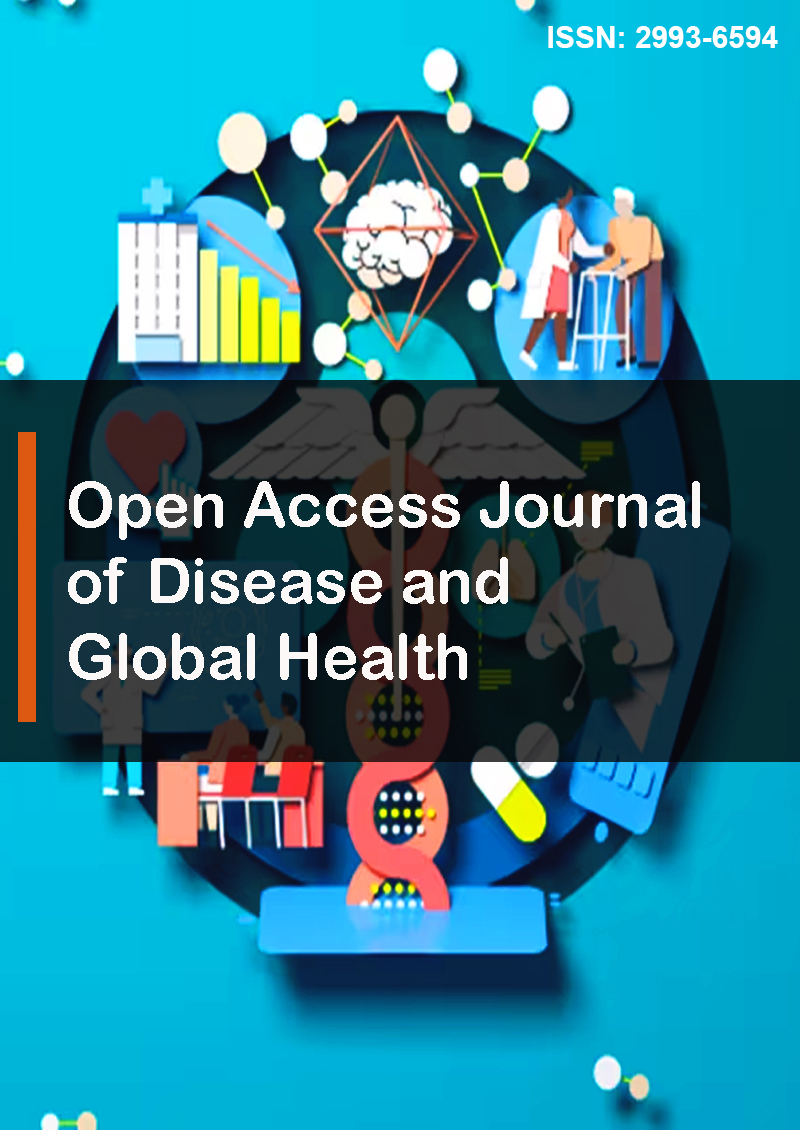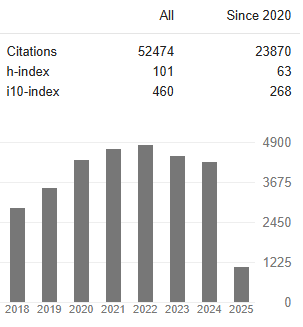Knowledge of Red Flags, Signs and Symptoms for Cervicogenic Headaches: An Evaluation of Treatments and Patient Outcomes Post a Training Intervention in a Musculoskeletal Primary Care Setting
Abstract
Lucas F
Rationale Aims and Objectives: Physiotherapy is recommended for cervicogenic headache (CGH) with 4% of headache patients currently referred to secondary care. The aim of this service evaluation was to explore knowledge of CGH signs and symptoms (SS) and headache red flags (HRF) among musculoskeletal (MSK) physiotherapists during a headache training session. This session was identified as a training need by the learning and development team following a previous headache training session. Post training, treatment choices and patient outcomes for 10 patients were explored as recommended by an Audit Committee.
Method: From a team of thirty physiotherapists, nine physiotherapists undertook a 3-hour training session on headaches, completing an HRF/SS questionnaire focused on CGH, before and after training. Post training, 10 CGH patient were assessed and treated by physiotherapists who attended the training session. Treatment choices were compared with current best practice and patient out- comes were collected, using the Neck Pain Bournemouth questionnaire (NP BQ). Treatment data was gathered via an electronic patient record system between June 2016 and August 2017.
Results: Prior to training, participants achieved a correct answer frequency of 58% and 64% for HRF and SS respectively. Post training, this increased to 87% and 91% respectively. Post treatment, 70% of patients had an improvement of over 80% and 30% had an improvement of between 30% and 43%. In terms of modalities used, 40% of participants received acupuncture and 12% had manual therapy. Advice was given to 5.8% and 4.6% used exercises. Soft tissue massage and balance were used in 2.3% an 1.2% respectively.
Conclusion: Clear training needs were identified initially, and knowledge improved after training, together with evidence-based choices for treatments. All patient symptoms improved during care.




